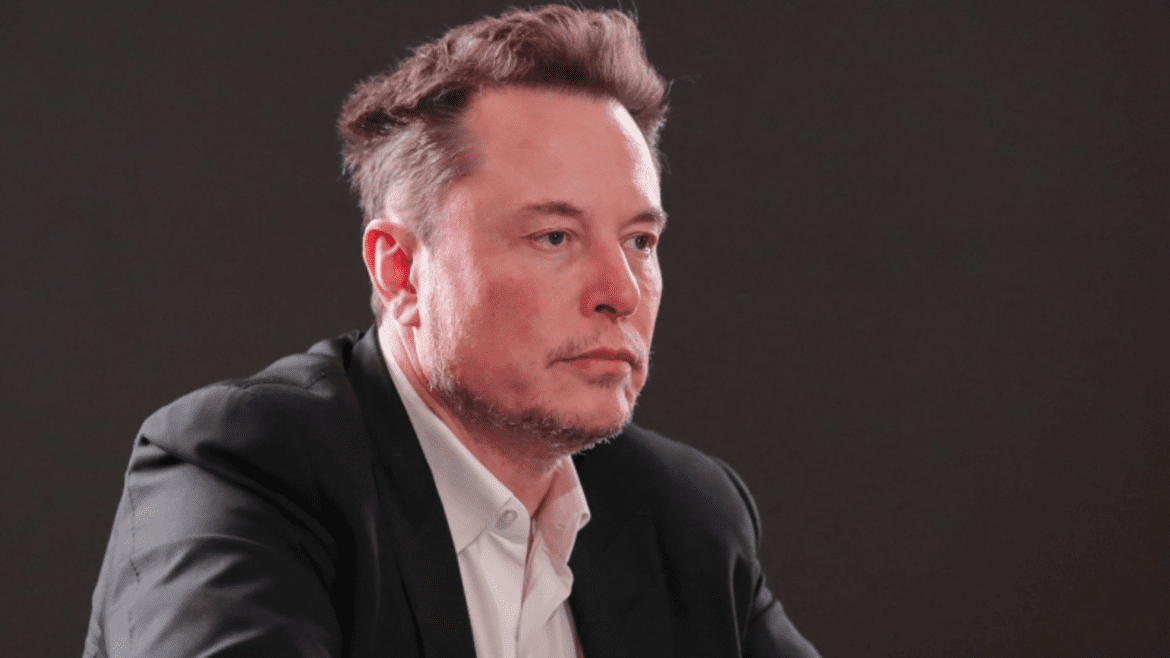The political stage of the United States has always been known for producing unexpected alliances and groundbreaking decisions. However, when Elon Musk, the tech billionaire, and President Trump, the polarizing yet undeniably influential leader, joined forces, it sparked a wave of conversations across the nation and beyond.
This alliance birthed something no one saw coming: the Department of Government Efficiency, popularly dubbed DOGE. Tasked with revolutionizing the federal government, DOGE aimed to slash costs and streamline operations.
A vision combining the boldness of Trump’s administration with Musk’s impeccable record of Silicon Valley-driven innovation. At the heart of it all was a shared belief in challenging norms and introducing futuristic solutions to an age-old bureaucratic system.
The Bold Vision of DOGE
President Trump’s announcement of DOGE was a stroke of bravado, reflecting his penchant for bold proclamations that shake conventional governance frameworks. Presenting DOGE as a crucial linchpin for his administration’s new term, Trump emphasized its mission to reduce inefficiency within the federal government.
The figure of two trillion dollars in federal savings loomed large, representing ambition and skepticism in equal measure. Elon Musk’s appointment as the visionary head of DOGE instantly captivated audiences. Known for his relentless drive to cut costs and push technological boundaries, Musk brought credibility to achievements such as turning his ventures like X Corporation into game-changers.
However, saving two trillion dollars was no small feat. Experts highlighted the labyrinth of complexities entailed in restructuring a centuries-old system. Skeptics voiced concerns about Musk’s Silicon Valley approach to cost-cutting. This method worked wonders in tech startups but faced different challenges within federal agencies.
Recruiting the Silicon Valley Elite
If DOGE could be summarized in one strategy, it would be rethinking traditional recruitment. Elon Musk and President Trump leveraged an extraordinary approach, something previously unseen in government efforts.
Tapping into Musk’s extensive Silicon Valley network, the duo appealed to billionaires, tech executives, and young visionaries nurtured through programs like the Thiel Fellowship. A Signal chat rumor reportedly illustrated their strategy.
Supposedly, Musk sent personal messages requesting individuals to join DOGE in transforming governance. Word traveled faster than wildfire, and stories of surprise endorsements began trickling in.
An anecdotal rise to prominence was narrated by Vinay Hiremath, a former coder who expressed exhilaration on his blog about receiving a sudden invitation to participate in the monumental effort.
Through personal referrals and whispered endorsements across tight-knit tech circles, DOGE built a foundation that symbolized innovation itself. It was as if the world’s brightest minds shared a unified purpose of defying bureaucracy and contributing to governmental reinvention.
Inside DOGE’s Unpaid Army
The DOGE movement was unconventional at its core, starting with the structure of its workforce. Unlike federal agencies laden with salaried employees, DOGE functioned as an unpaid brigade. Volunteers committed endless hours fueled by the cause’s significance over monetary gain.
Reports suggested that recruits dedicated eighty hours per week to navigating complex federal systems. Their presence became increasingly visible across Washington, sparking both admiration and criticism.
While proponents hailed these efforts as a selfless dedication to governmental efficiency, dissenters raised eyebrows at the ethical implications of unpaid labor. Voices surfaced arguing that utilizing unpaid workforces underscored elitism, excluding talented professionals unable to forgo compensation.
Ethical dilemmas around labor movements aside, the concept of unpaid volunteering amplified debates surrounding the responsibilities tied to public service.
Musk and Ramaswamy’s Master Plan
At the heart of DOGE was a master plan meticulously crafted by Musk and celebrated entrepreneur Vivek Ramaswamy. Data-driven insights defined their core strategy, empowering AI tools to sieve through years of data within federal systems.
Algorithms identified areas with redundancy, wasteful spending, and opportunities ripe for improvement. Steve Davis and Brad Smith emerged as the key figures steering the implementation phase. Their leadership extended beyond ideation, reaching into actionable deregulatory measures and decisive reforms.
Data insights acted as guiding pillars, yet deregulation merged as an equally vital companion goal. At every turn, Musk and Ramaswamy reframed traditional inefficiencies, viewing them as opportunities for redesigning governance models. Despite mixed reactions, most observers admitted the brilliance underlying this tech-first and policy-second approach.
DOGE and the Power of Branding
Beyond efficiencies and processes, DOGE evolved to represent something entirely different—an aspirational brand. Musk and Ramaswamy transformed DOGE less into a regimented organization and more into a beacon of innovation. Startup culture concepts like flexibility, rapid iterations, and flat hierarchies clashed yet curiously harmonized amid government backdrops notorious for stagnant methodologies.
Optimism surrounded this cultural upheaval within federal spheres. Young professionals aligned energy alongside creative problem-solving dynamics, leaping from agencies like transportation departments to environmental sectors, teeming with enthusiasm symbolized by the DOGE name itself.
This optimism was counterbalanced by seasoned analysts voicing measured skepticism regarding risks. Could startup culture neglect systemic sustainability amidst rapid bursts? Was the DOGE model sustainable long-term within structural foundations as archaic as Congress-bound spending charters?
Skepticism and Challenges Ahead
Critics of DOGE latched onto every possible weak link in its narrative. From government reform veterans to budgetary analysts steeped in academia’s data-driven skepticism, detractors raised compelling concerns about its $2 trillion goal.
Foremost critics reiterated structural bottlenecks how might agency-wide change withstand insulated resistance? The Congressional system notoriously leaned protective toward infrastructural preservation rather than monumental revamps.
Additional criticisms shone like flashlights overhead. Was ethical reform left sparse amidst private interests surrounding Silicon Valley technocrats commandeering federal data? Could DOGE circumvent unintended consequences tied alongside lightning-fast rollouts without compromise?
Engrained culture clashes hinted at skepticism unraveling alongside pressures shifting beneath headlines promising results. Nevertheless, optimism settled quietly as potential prevailed powerfully elsewhere.
Trump’s Golden Era and The Future of DOGE
Trump’s golden hopes transcended day-to-day skepticism encircling DOGE’s critiques. While heads centered doubts, proponents glanced upward toward future accolades, expanding DOGE innovation outward.
Future alternatives reimagine Silicon Valley-themed ecosystems, revitalizing broader governmental interfaces that blossomed via adjacencies. A significant opportunity opens up more prominent roles for high-profile think tank extensions that amplify volunteer groups inspired by Elon Musk in policymaking areas.
This reveals new discussions that resonate with operational echoes, suggesting a potential for systemic growth. As momentum resumes, it aligns with DOGE’s dynamic fluctuations, reflecting a comprehensive benchmark transition that reshapes tangible outcomes.
A Story of Risk Reward and Revolution
Framing DOGE within familiar historical narratives highlights the resilience of everyday Americans. It reflects a journey of steady progress, navigating radical changes while embracing transformative leaps forward.
This perspective draws on the pioneering spirit that shaped new frontiers, marked by courage and persistence in the face of the unknown. DOGE embodies the continual recalibration of governance, blending prosperity with visionary ambition.
Its story resonates as a modern beacon of accountability, sparking dialogues on efficiency and collective betterment. It manifests bold paths forward, carving a trail toward innovative and impactful governance.
Ask readers reflective-commentary below sparking memorable-meaningful ongoing dialogues subscribing rich-inside developing elicit corresponding mesmerizing transitions Sparkled legacies layer expanding overarching-conversations Alternatively.






